Geography
Phitsanulok province covers some 10,584.5 sq. km. The riverside provincial capital is 377 km. North of Bangkok. Phitsanulok is situated on the geographical and administrative line uniting the central and northern regions. Phitsanuloke, located in Central Northern Thailand is a modern city. Ideal as a stepping stone for the Northern visitors attractions including Sukothai.
Phitsanulok was the birthplace of King Naresuan the Great of Ayuthaya (reign : 1590 - 1605), and his brother Prince Ekathosarot. Phitsanulok has long been an important center for political and strategic reasons. Phitsanulok was a major center of recruitment when Ayuthaya waged war with Burma, and was the capital of Thailand for 25 years during the 1448-1488 reign of Ayuthaya’s King Boromtrailokanat.
The climate of Phitsanulok is generally hot and humid. It borders with Uttaradit in he North, Pichit in the south, Loei and Phetchabun in the East, Kamphaeng Phet and Sukhothai in the West. Covering an area of 10,815.8 sq.km., the province is divided into 9 Amphoes : Muang , Bang Rakam , Nakhon Thai , Phrom Priram , Wat Bot - BangKrathum , Chat Trakan , Noen MaPrang , Wang Thong
City Attraction
Wat Phra Si Rattana Mahathat his monastery commonly called by the inhabitants as "Wat Yai" is the most important monastery of Phitsanulok, the home of the famous Phra Buddha Chinnarat. It is located at the foot of Naresuan Bridge on the city side of the river.The monastery was built in the reign of Phra Maha Thamma Racha I (Phraya Lithai) In 1357 A.D. It houses the Phra Buddha Chinnarat regarded as the most beautiful Buddha image in Thailand. It is cast in the attitude of subduing evil. Later, in 1631, King Ekatosarot graciously bestowed some of his gold regalia to be beaten into gold - plate and applied them to the image worth his own hands, creating its most beautiful Buddha image. There are many other beautiful and noteworthy items in the monastery compound. The mother - of - pearl inlaid wooden doors of Vihara are especially splendid, and were built by King Boromkot in 1756 as a dedication to phra Buddha Chinarat. Behind the Vihara, there is a large Prang 36 meters high, with a staircase leading up to the niche containing the Buddha relics. In front of the Prang, there is Phra Attharos, and on the 9 room Vihara slope. There remains only the newly-renovated Buddha image.
Wat Ratchaburana nad Wat Nang Phya Is located on the eastern bank of the Nan river, near Wat Phra Si Rattana Mahathat to the south. These two monasteries, assumed to be built when Phitsanulok City was ruled by King Boromtrailokanat, have linking compounds. Wat Nang Phya has temple or bot but it is known for the so-called "Phra Nang Phya" votive tablets special fine form of the 3-head nagas decorated on their eaves.
King Naresuan the Great Shrine The shrine is located in the compound of the Phitsanulok Phittayakom school, and depicts the seated king ceremoniously declaring Ayuthaya's independence from Burma. The shrine was constructed on the site of the Channdra Palace where King Naresuan was born in 1555.
Naresuan University
 Naresuan University (NU.) is a government sponsored university in Phitsanulok, northern Thailand. It was established as a separate university on July 29,1990, which was the 400th anniversary of the beginning of the reign of Phitsanulok born King Naresuan the Great. A coutyard with a large statue of King Naresuan is located on the grounds and is worshipped by the students. The university now numbers about 20,000 students.
Naresuan University (NU.) is a government sponsored university in Phitsanulok, northern Thailand. It was established as a separate university on July 29,1990, which was the 400th anniversary of the beginning of the reign of Phitsanulok born King Naresuan the Great. A coutyard with a large statue of King Naresuan is located on the grounds and is worshipped by the students. The university now numbers about 20,000 students.On January 18, 1964, the Royal Thai Ministry of Education resolved to create a branch of the College of Education ( located in Bangkok ) for teacher training in each region of the country. On January 25, 1967 the Phitsanulok campus was established as the fourth branch of the College of Education and was meant to serve mainly the northern provinces. In 1974 (the year I was born) the College of Education was upgraded to university status and was named Srinakharinwirot University, Phitsanulok campus. Originally, only the third and fourth years of university study were offered, and students were admitted by competitive examination after completing the curriculum at one of the nation's associate degree level teacher training colleges. But in 1976, the first and second years were added. Over the years majors besides education were included, and in 1990 the Phitsanulok campus became independent of Srinakarinwirot University and was designated as Naresuan University for celebration of King Naresuan the Great's 400th years anniversary of ascending to the throne.

In September 2006, Naresuan University was ranked as "Very Good" level in research among the Thai universities by Commission on Higher Education.
Naresuan University also has another campus in Phayao which operated in 1999 .
The university has 16 faculties are Allied Health Sciences, Dentistry, Medical Science, Medicine, Nursing, Pharmaceutical Science, Public Health, Education, Humanities, Law, Management and Information Science, Social Sciences, Agriculture Natural Resources & Enivormen, Architecture, Engineering, Science.
 Naresuan University (NU.) is a government sponsored university in Phitsanulok, northern Thailand. It was established as a separate university on July 29,1990, which was the 400th anniversary of the beginning of the reign of Phitsanulok born King Naresuan the Great. A coutyard with a large statue of King Naresuan is located on the grounds and is worshipped by the students. The university now numbers about 20,000 students.
Naresuan University (NU.) is a government sponsored university in Phitsanulok, northern Thailand. It was established as a separate university on July 29,1990, which was the 400th anniversary of the beginning of the reign of Phitsanulok born King Naresuan the Great. A coutyard with a large statue of King Naresuan is located on the grounds and is worshipped by the students. The university now numbers about 20,000 students.




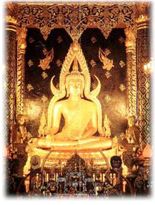
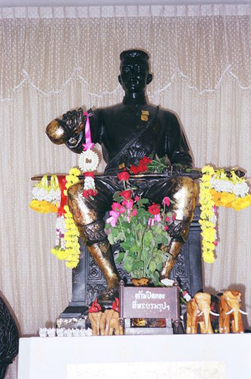

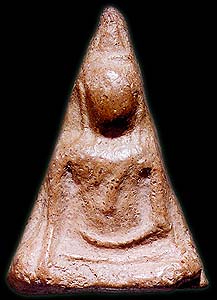
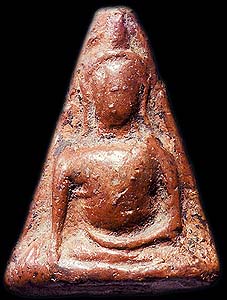
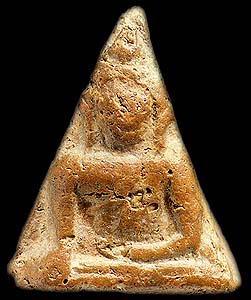
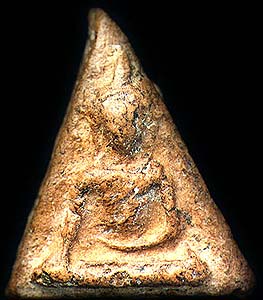
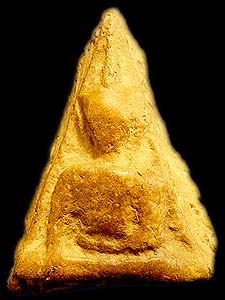
No comments:
Post a Comment